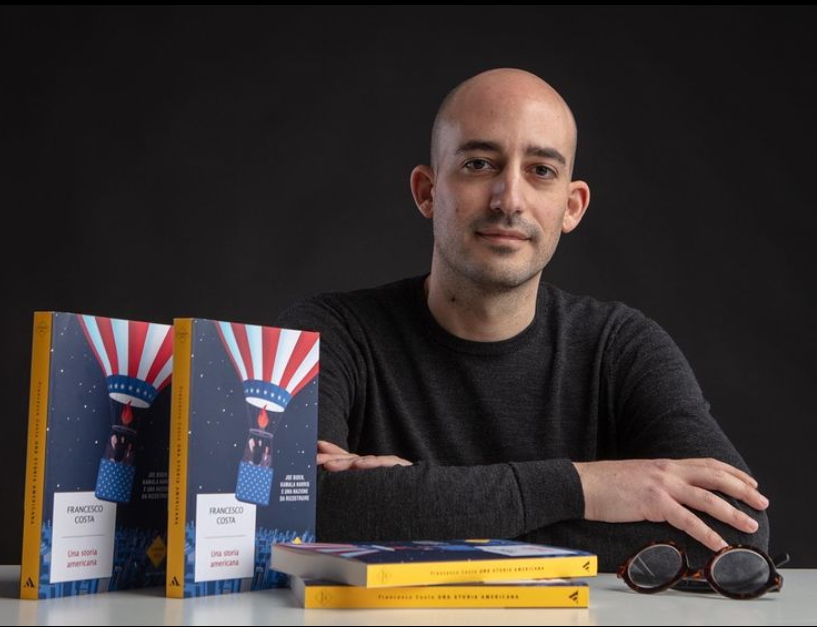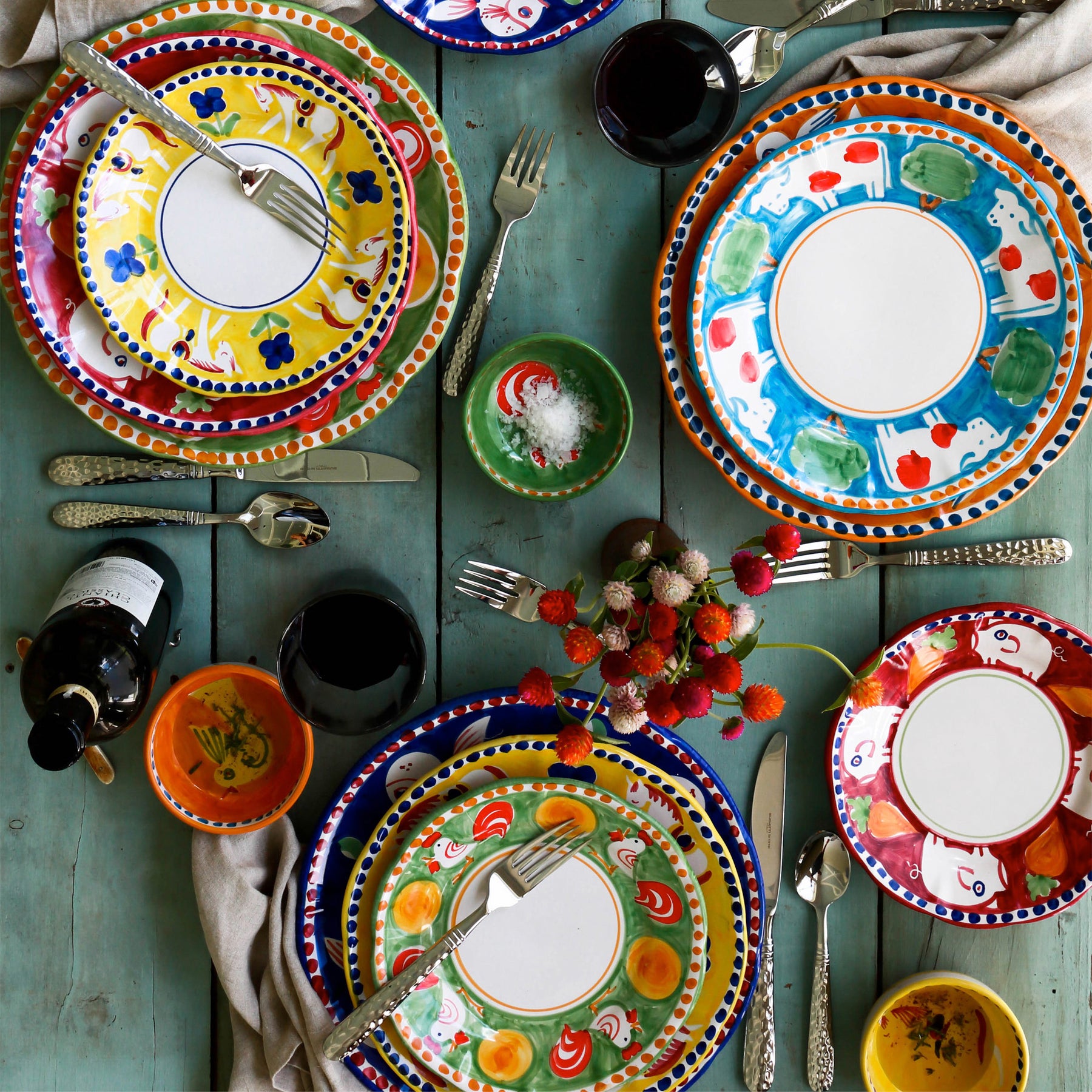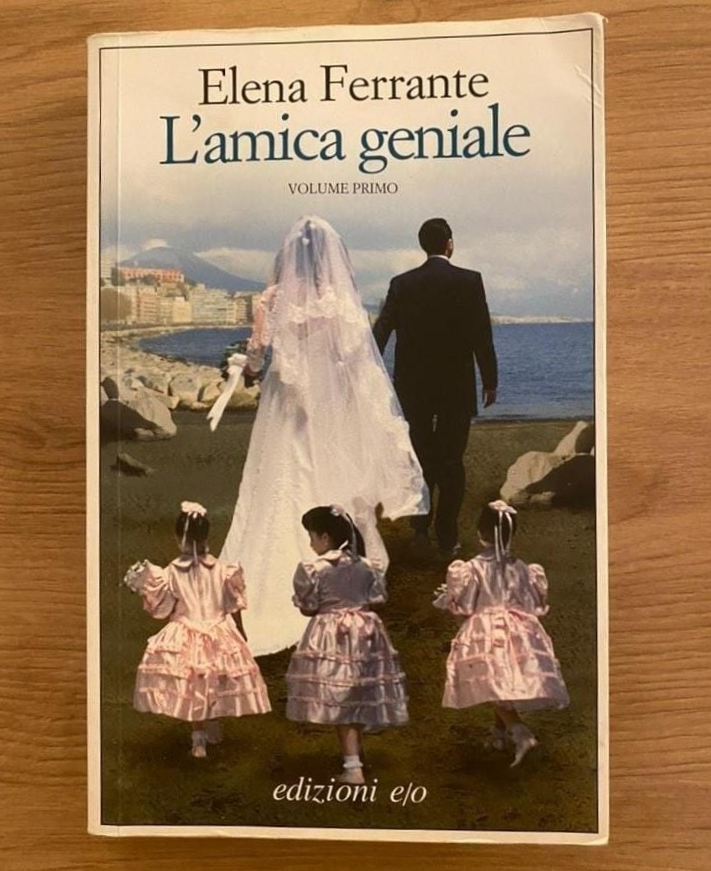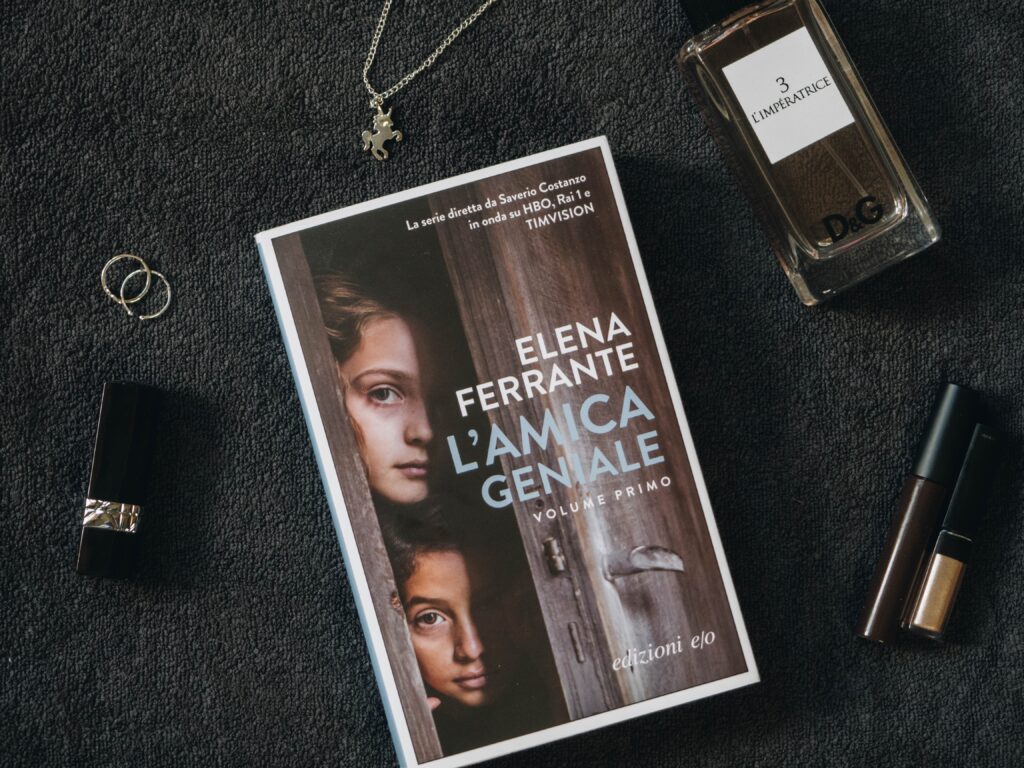
Author of over thirty traditionally-published books for young readers, Margo Sorenson spent the first seven years of her life in Spain and Italy, devouring books and Italian food and still speaks (or tries!) her childhood languages. Her most recent Adult/YA novel, SECRETS IN TRANSLATION (Fitzroy Books, October 2018), takes place in Positano, with plenty of Italian conversation filled with mystery and seasoned with lighthearted banter. www.margosorenson.com
Because Women’s International Day is this month, I wanted to share with all Italian language lovers the story of my amazing Italian professor at UC Berkeley, a truly international woman. After we moved to the U.S. from Italy when I was seven, I spent the next few years trying hard to fit into a culture I hadn’t grown up in. There was definitely a sign on my forehead that read “Clueless.” Also, to my surprise, I found out none of my school friends spoke any language but English, so, that put an end to my speaking Italian, despite my parents’ urging. I just knew speaking Italian was going to make me even more different from everyone than I already was. So, I locked up my precious Italian language in my memory bank, hesitating to even peek inside, afraid it would make me too sad. Then, the teen years took over: Beach Boys, homework, friends—and my Italian receded into the past—I thought.
For a naïve, wide-eyed Freshman who had just turned seventeen, UC Berkeley was a huge, scary campus. As I searched the course catalog, I looked for a course that might be helpful and welcoming and that would make me feel less alone among the thousands of students so far from my Southern California home. Something in my heart tugged at me when I read the Italian Language Department course descriptions, and I thought, why not? I probably had the Italian vocabulary of a seven-year-old, with some Barese and Napolitano mixed in, and, my parents told me, the accent of a Southern Italian, so what could possibly go wrong?
I was excited and a bit nervous, opening the door of my beginning Italian class. The students were all Americans, as was I, but unbeknownst to me, I still had an Italian heart. I was about to find out.
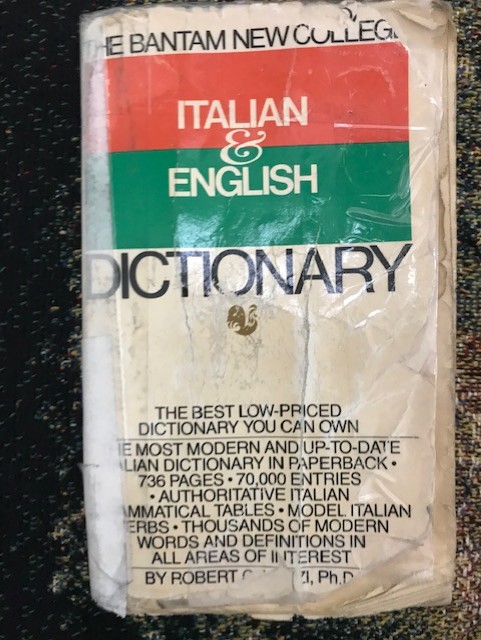

My professoressa, Sra. Caterina Bess, was vibrant and energetic, and the air crackled around her. Of course, la bella figura ensured she was dressed stylishly, too. She began the class with a rapid volley of Italian, which I understood most of, but, as I looked around, I realized no one else did. Suddenly, I felt an overwhelming feeling of relief and recognition—as if I’d met a dear friend after a long absence. I was home. Then, she welcomed us in English, and the class began. One of the first things she asked was that each of us recite in front of the class an Italian sentence that she’d written on the board. I can’t remember what it was, but I knew what it meant. What I do remember is, once I’d said it aloud, she stared at me intently, hands on her hips, and snapped, “Where are you FROM?”
Right then, I knew where I was from—I was from Italy. 😊 My accent had given me away—in a good way.
That was the beginning of a special time for me. Sra. Bess became my friend and my mentor, and I babysat her young son, Michael, from time to time. She was my rock and my anchor in the midst of the turmoil at Berkeley (yes, those years!), and I could count on her for wise advice.
The Italian class was a kick. She made it lively and fascinating and we all enjoyed our time together, even the memorization of the ins and outs of Italian grammar. Remember, I had a vocabulary and grammar of a seven-year-old and had never formally studied the language; I had learned it by osmosis with my own and my parents’ Italian friends during my precious four years in Italy. Sra. Bess held us spellbound one class session, recounting the story of how she would ride her bicycle as a young girl during WWII in Italy, carrying messages for the Resistance. Yes, her life was in danger, but she did it for Italy, so it was worth the risks.
One memory I will never forget, and which helped distill for me what being an Italian could mean, was the day President John F. Kennedy was shot. I was on campus that day when I ran into Sra. Bess. With an anguished expression, she said, “Oh, Margo! What a tragedy! The Italian department is coming to my apartment. Please, as an American, can you come and explain this to us—how this could happen?” Thus it was that I spent that terrible day, watching the news with, talking with, commiserating with, and crying with Italians, who were so stricken that someone so young with such promise could be cut down. Many Italians feel emotions strongly and don’t hesitate to show them—so different from many Americans whose culture I had adopted. It confirmed for me once again how special Italy and Italians are and how precious being able to speak Italian could be. Sra. Caterina Bess was truly an international woman in every sense of the phrase and inspired so many of us to cherish the precious Italian language and culture.
So, when I hear spoken Italian, it strikes a deep chord, bringing back not only my Italian childhood, but also the heartwarming experiences that have accompanied speaking the language with others, along with Sra. Bess. It takes me home, again.


